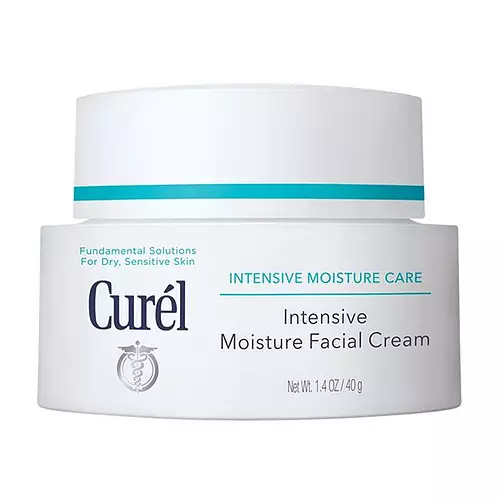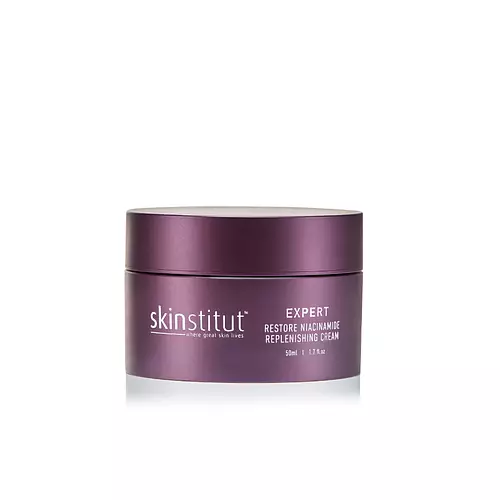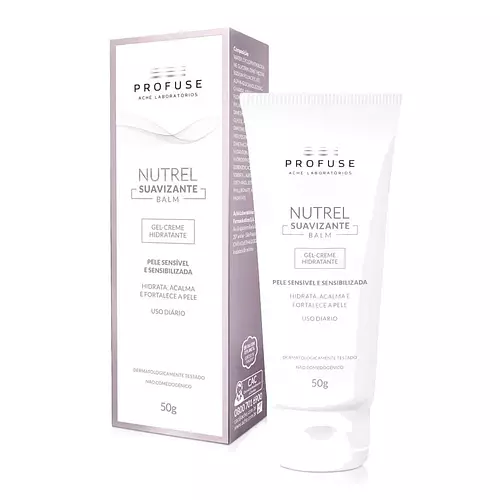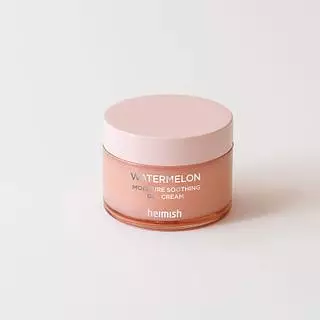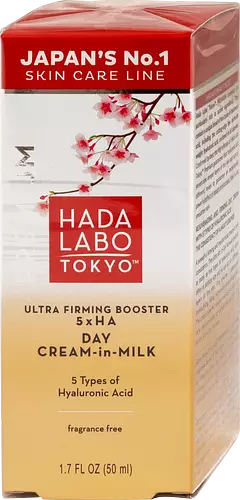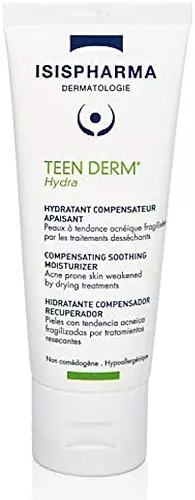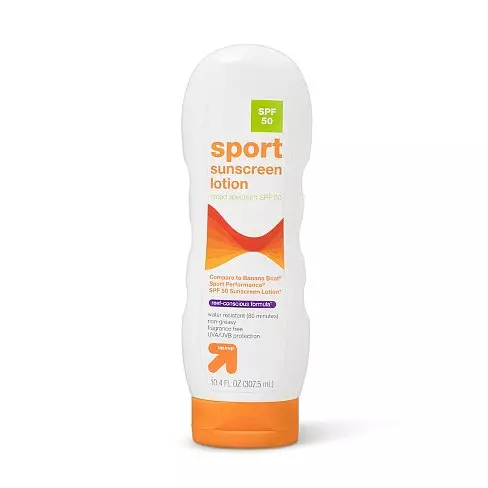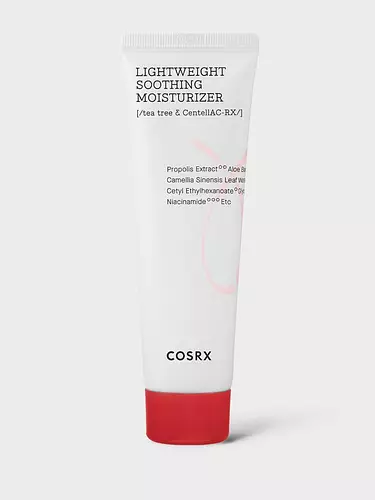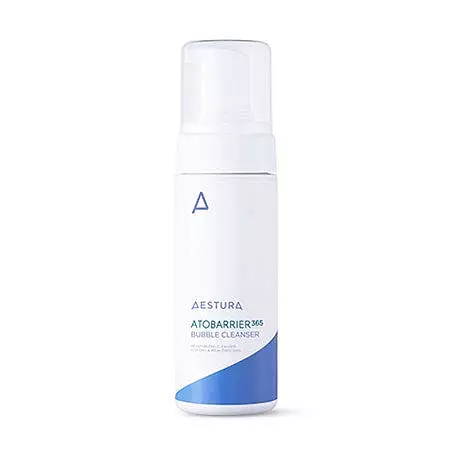Updated on November 03, 2023
Overview
Cool Features
They both contain Vitamin E
Suited For
They're both likely to be good for dry skin, brightening skin, sensitive skin and scar healing
Free From
They both do not contain any harsh alcohols, common allergens or oils
What's Inside
They both contain silicones and sulfates
We independently verify ingredients, and our claims are backed by peer-reviewed research. Spot a product that needs an update? Let us know.
Ingredient Info
CeraVe Moisturizing Cream 24 ingredients
Curel Intensive Moisture Facial Cream 19 ingredients
At a glance
Click on any of the items below to learn more
CeraVe Moisturizing Cream 24 ingredients
Curel Intensive Moisture Facial Cream 19 ingredients
Notable Ingredients
This product contains 1 ingredient that may have this attribute:
This product contains 3 ingredients that may have this attribute:
This product contains 1 ingredient that may have this attribute:
Benefits
This product contains 6 ingredients that may have this attribute:
This product contains 4 ingredients that may have this attribute:
This product contains 3 ingredients that may have this attribute:
This product contains 4 ingredients that may have this attribute:
This product contains 1 ingredient that may have this attribute:
This product contains 2 ingredients that may have this attribute:
Concerns
This product contains 3 ingredients that may have this attribute:
This product contains 1 ingredient that may have this attribute:
This product contains 1 ingredient that may have this attribute:
Notable Ingredients
This product contains 1 ingredient that may have this attribute:
Benefits
This product contains 2 ingredients that may have this attribute:
This product contains 1 ingredient that may have this attribute:
This product contains 1 ingredient that may have this attribute:
This product contains 1 ingredient that may have this attribute:
This product contains 2 ingredients that may have this attribute:
Concerns
This product contains 1 ingredient that may have this attribute:
Ingredients Side-by-side
Ingredients Explained
These ingredients are found in both products.
Ingredients higher up in an ingredient list are typically present in a larger amount.
Water. It's the most common cosmetic ingredient of all. You'll usually see it at the top of ingredient lists, meaning that it makes up the largest part of the product.
So why is it so popular? Water most often acts as a solvent - this means that it helps dissolve other ingredients into the formulation.
You'll also recognize water as that liquid we all need to stay alive. Talk about multi-purpose! If you see this, drink a glass of water. Stay hydrated!
Learn more about WaterGlycerin is already naturally found in your skin. It helps moisturize and protect your skin.
A study from 2016 found glycerin to be more effective as a humectant than AHAs and hyaluronic acid.
As a humectant, it helps the skin stay hydrated by pulling moisture to your skin. The low molecular weight of glycerin allows it to pull moisture into the deeper layers of your skin.
Hydrated skin improves your skin barrier; Your skin barrier helps protect against irritants and bacteria.
Glycerin has also been found to have antimicrobial and antiviral properties. Due to these properties, glycerin is often used in wound and burn treatments.
In cosmetics, glycerin is usually derived from plants such as soybean or palm. However, it can also be sourced from animals, such as tallow or animal fat.
This ingredient is organic, colorless, odorless, and non-toxic.
Glycerin is the name for this ingredient in American English. British English uses Glycerol/Glycerine.
Learn more about GlycerinDimethicone is a silicone used for making products smooth and silky. It also has the added benefit of sealing in hydration. The amount of dimethicone found in beauty products is considered safe and non-comedogenic, meaning it won't clog pores.
Dimethicone has been found increase absorption in skin, boosting the benefits of other ingredients. While there is concern for the safety of dimethicone, the levels used in skincare are safe for use.
Tocopherol (also known as Vitamin E) is a common antioxidant used to help protect the skin from free-radicals and strengthen the skin barrier. It's also fat soluble - this means our skin is great at absorbing it.
Vitamin E also helps keep your natural skin lipids healthy. Your lipid skin barrier naturally consists of lipids, ceramides, and fatty acids. Vitamin E offers extra protection for your skin’s lipid barrier, keeping your skin healthy and nourished.
Another benefit is a bit of UV protection. Vitamin E helps reduce the damage caused by UVB rays. (It should not replace your sunscreen). Combining it with Vitamin C can decrease sunburned cells and hyperpigmentation after UV exposure.
You might have noticed Vitamin E + C often paired together. This is because it is great at stabilizing Vitamin C. Using the two together helps increase the effectiveness of both ingredients.
There are often claims that Vitamin E can reduce/prevent scarring, but these claims haven't been confirmed by scientific research.
Learn more about TocopherolIngredient Ratings
Here's what our community thinks of the ingredients in these two products.
When to use
CeraVe Moisturizing Cream 24 ingredients
Curel Intensive Moisture Facial Cream 19 ingredients


Reviews
Here's what our community thinks
CeraVe Moisturizing Cream 24 ingredients
AshN.
As a person with really dry skin, this is a wonderful product that keeps my face hydrated throughout the evenings and great for sensitive skin....
As a person with really dry skin, this is a wonderful product that keeps my face hydrated throughout the evenings and great for sensitive skin. Considering that it is a thick product, a little goes a long way, which is why I think for the amount you get at the price point it is a great buy. Only thing I wish it had was a pump like the Vanicream Moisturizing Cream just because I feel it is more sanitary, but that can be remedied with getting an airless pump dispenser if you don't mind decanting product.
kyniwi
It burns if I have any dry patches (under my nose in the winter for example) and does not sink in very well. I’m pretty sure this has been causing...
It burns if I have any dry patches (under my nose in the winter for example) and does not sink in very well. I’m pretty sure this has been causing me to have blackheads, whiteheads, and milia all over my cheeks and chin. seriously overhyped.
Curel Intensive Moisture Facial Cream 19 ingredients
PatriciaDavid
I love this so much! I have sensitive, dry skin (and I'm allergic to limonene and linalool), and this hydrates my face really well. I use it in...
I love this so much! I have sensitive, dry skin (and I'm allergic to limonene and linalool), and this hydrates my face really well. I use it in combination with the water essence and my skin feels nice and plump after it. In intense situations (very cold or very hot weather), I feel I need to apply it more than once in the day, but I do have VERY dry skin.

